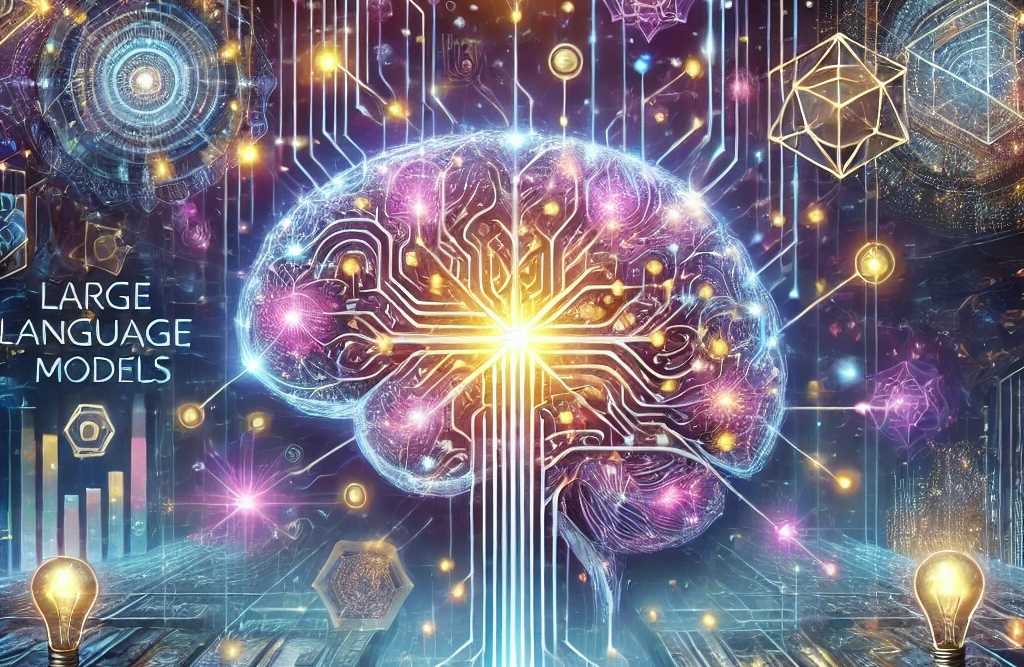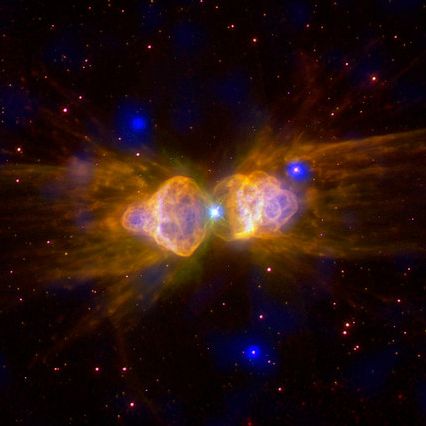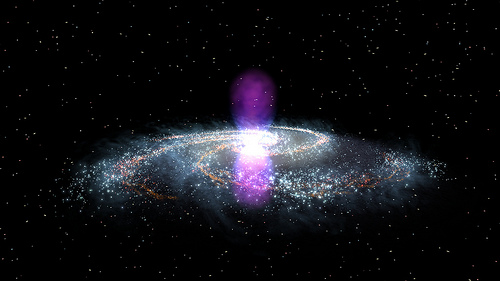On Large Language Models
Large Language Models (LLMs) challenge the traditional hierarchy of Data, Information, Knowledge, and Wisdom by showing how intelligence can emerge from granulation rather than distillation, offering a new perspective on how AI operates.





